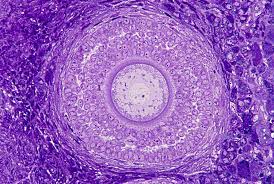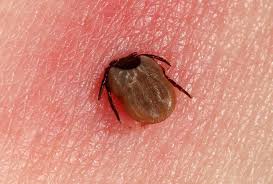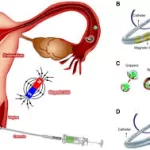A groundbreaking study conducted by researchers at the Centre for Genomic Regulation (CRG) in Barcelona has uncovered a previously unknown mechanism that enables oocytes, immature egg cells crucial for future generations, to maintain their pristine condition over decades without succumbing to cellular damage. The findings, published in the journal Cell, offer valuable insights into female fertility and could pave the way for new approaches to treating infertility.
Oocytes, which develop in the ovaries of female mammals before birth, play a vital role in reproduction. The longevity of these cells, which can last for up to half a century in humans, has long puzzled scientists. Now, researchers have shed light on this mystery by identifying a novel mechanism that allows oocytes to effectively neutralize harmful protein aggregates, a process essential for preserving their health and function.
The study, led by Dr. Elvan Böke, Group Leader of the Oocyte Biology & Cellular Dormancy program at CRG, focused on understanding how oocytes manage protein aggregates, clumps of misfolded or damaged proteins that can accumulate in cells and cause toxicity. While cells typically break down protein aggregates using specialized enzymes, oocytes face unique challenges due to their non-dividing nature and the need to preserve their cytoplasm for future embryonic development.
Through a series of experiments involving live-cell imaging and electron microscopy, the researchers identified specialized structures within oocytes, dubbed EndoLysosomal Vesicular Assemblies (ELVAs), which act as “superorganelles” responsible for capturing and neutralizing protein aggregates. ELVAs patrol the cytoplasm of oocytes, preventing the accumulation of harmful substances and ensuring the cells remain healthy and functional.
A key finding of the study was the observation that ELVAs undergo dynamic changes during the maturation stage of oocytes, relocating to the cell’s surface and facilitating the breakdown of protein aggregates. This process, akin to a deep-clean of the cytoplasm, helps ensure the integrity of oocytes and enhances their reproductive potential.
The implications of these findings extend beyond reproductive biology, with potential implications for understanding and treating age-related infertility and other conditions linked to protein aggregation. By gaining insights into how oocytes maintain their health over time, researchers hope to develop new strategies for preserving fertility and improving reproductive outcomes.
“We are excited about the potential impact of our research on addressing unexplained causes of infertility and advancing our understanding of cellular aging,” said Dr. Böke. “Our findings open up new avenues for exploring the role of protein degradation in female fertility and may ultimately lead to new treatments for infertility.”
As researchers continue to unravel the complex mechanisms underlying oocyte longevity, the study offers hope for couples struggling with infertility and underscores the importance of further research in this area. By unlocking the secrets of oocyte biology, scientists are poised to revolutionize our understanding of reproduction and pave the way for novel therapeutic interventions.











